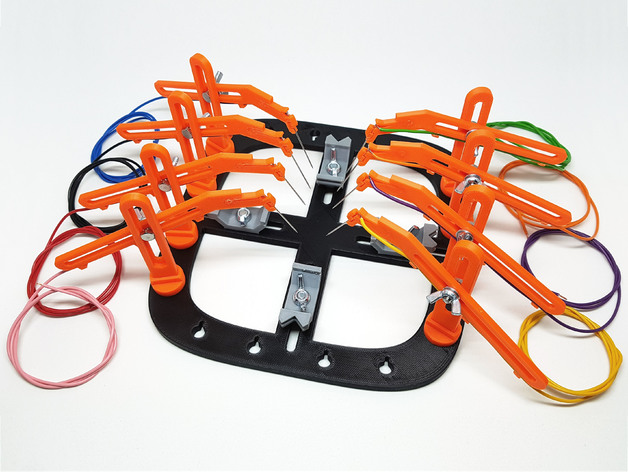
Finizia works in the Scientific Investigations Department of the Carabinieri—Italian military police—and spends most of his time in the electronics library. For his original work, he used the MoI 3D to make the 3D printed parts. Fast forward a couple of years and he is now using a Zortrax M200 to create and refine his innovations.
“In this new design, I have swapped out the Hirschmann spring loaded test probes that were used in the previous model for standard sewing needles, which has drastically reduced the cost of parts for the PCB workstation,” Finizia told 3DPrint.com. “Moreover, I have added an elastic pressure mechanism to each crane arm, which adequately ensures the connection between the tip of the needle and the circuit board. The 3D printed crane arms have been modified to be thinner and less bulky, which frees up considerable workspace space for user.
“Finally, the new version’s base frame is compatible with various types of articulated arms and accessories, including the ones that were designed for the first PCB workstation.”

Featured on Thingiverse, this new project is clearly an ‘evolution’ of his previous work, with the following new features:
- Less expensive probes. Finizia has now been able to 3D print cheaper sewing needles that also allow for ‘very precise connections.’
- Use of numerous accessories from Finizia’s first piece of work, with the frame being able to use multiple articulated arms at the same time, whether of crane or ball and socket type.
- Less cumbersome crane arms. Compared to the previous workstation, they allow more space for the user to work.
